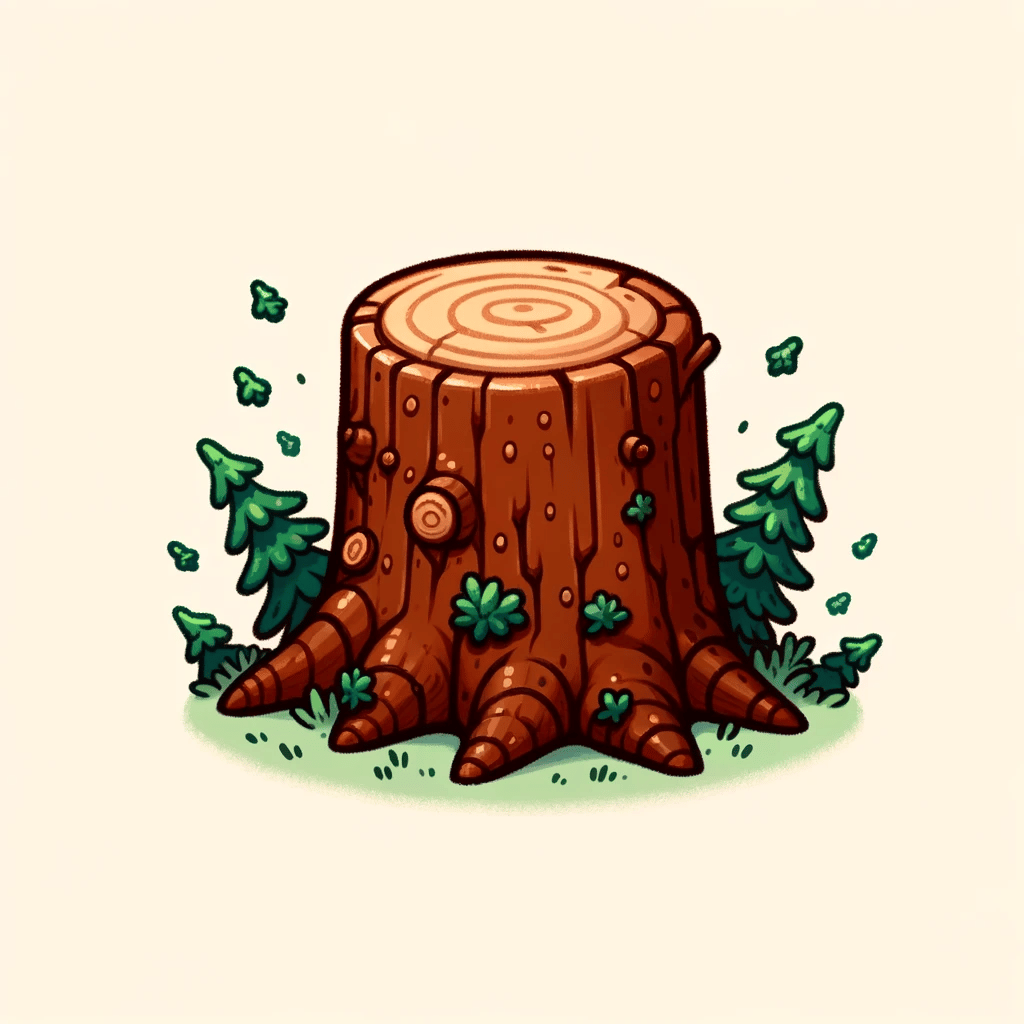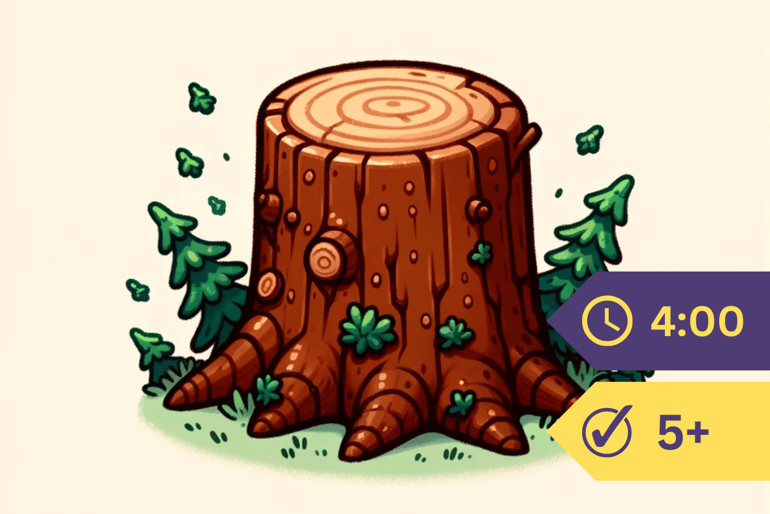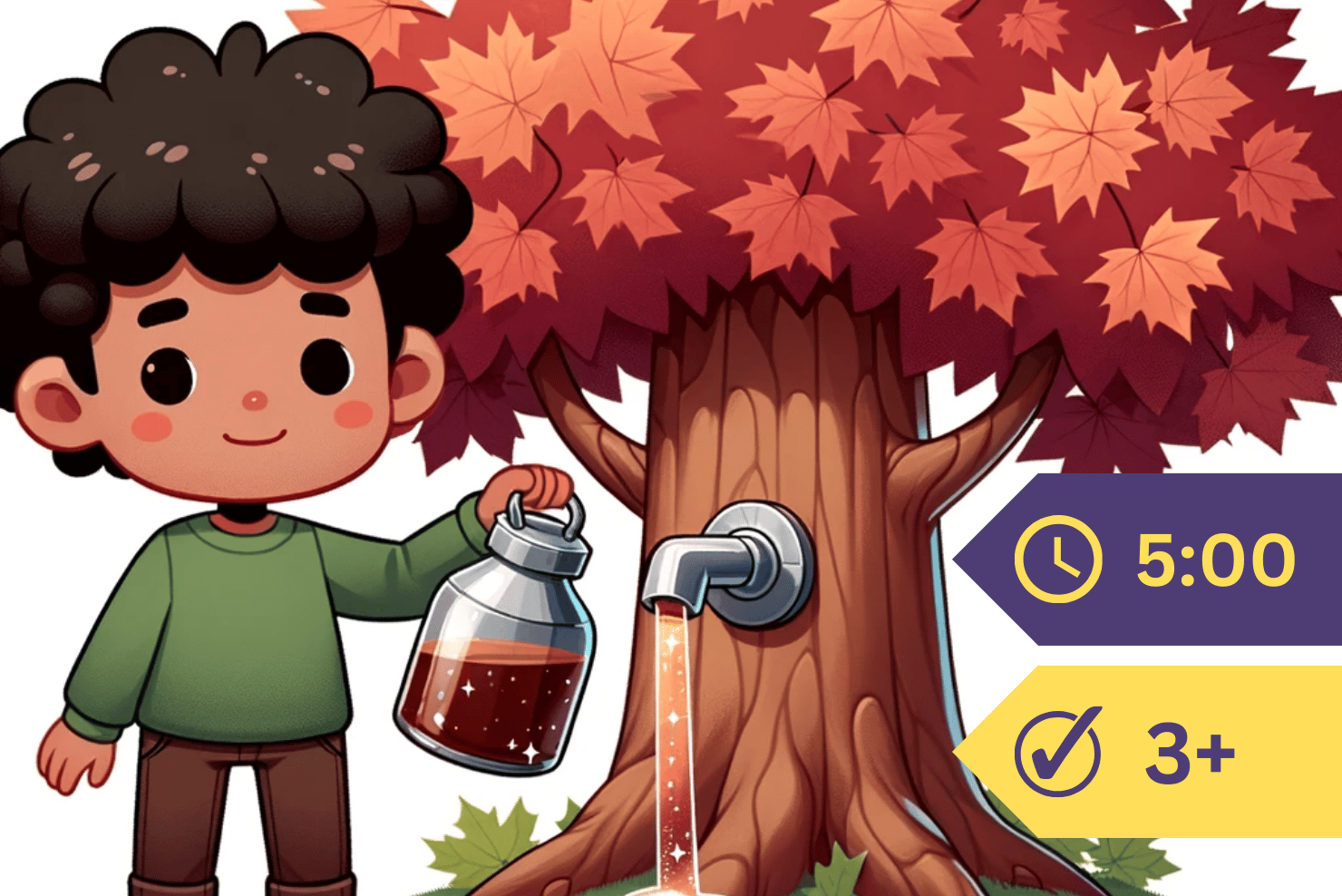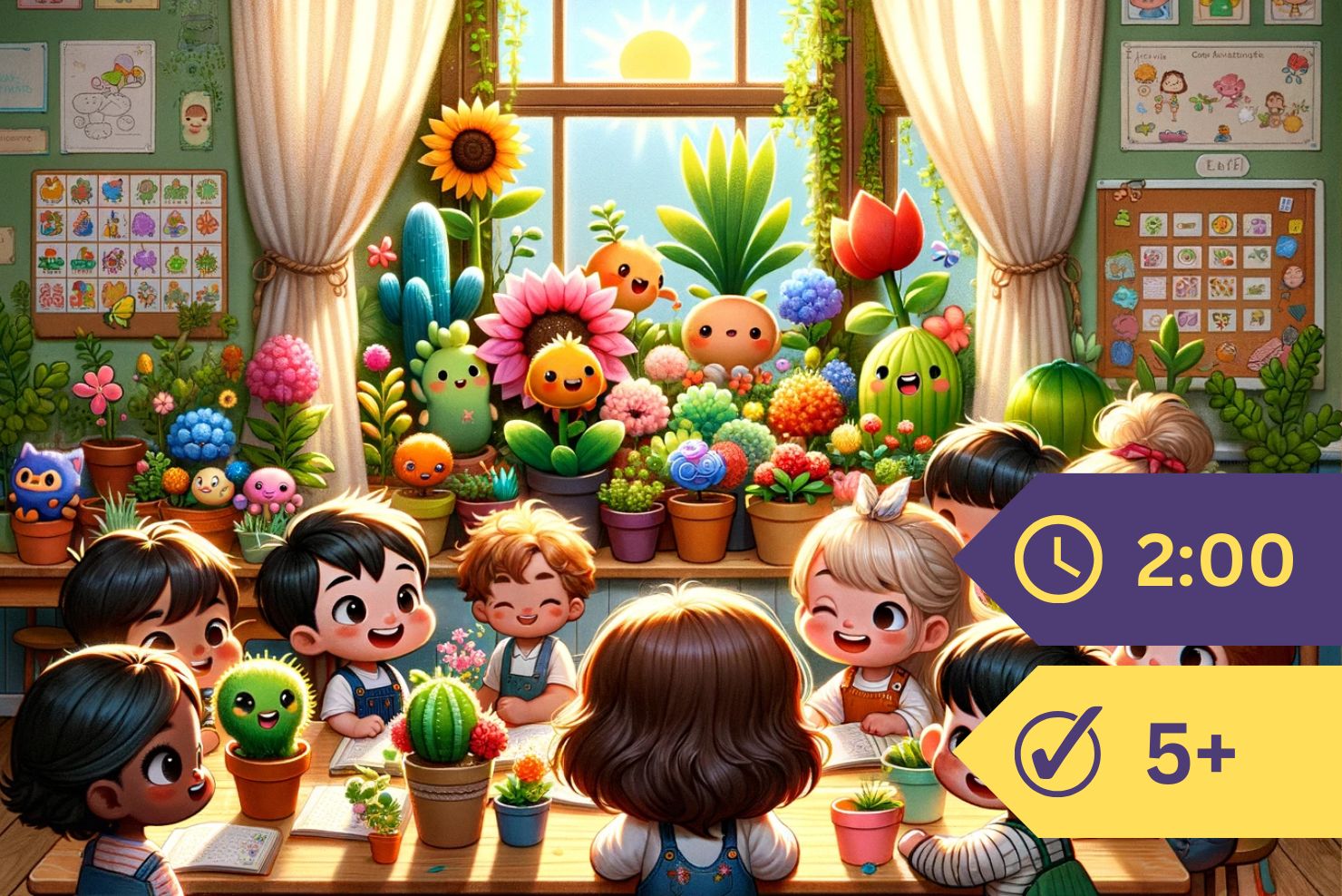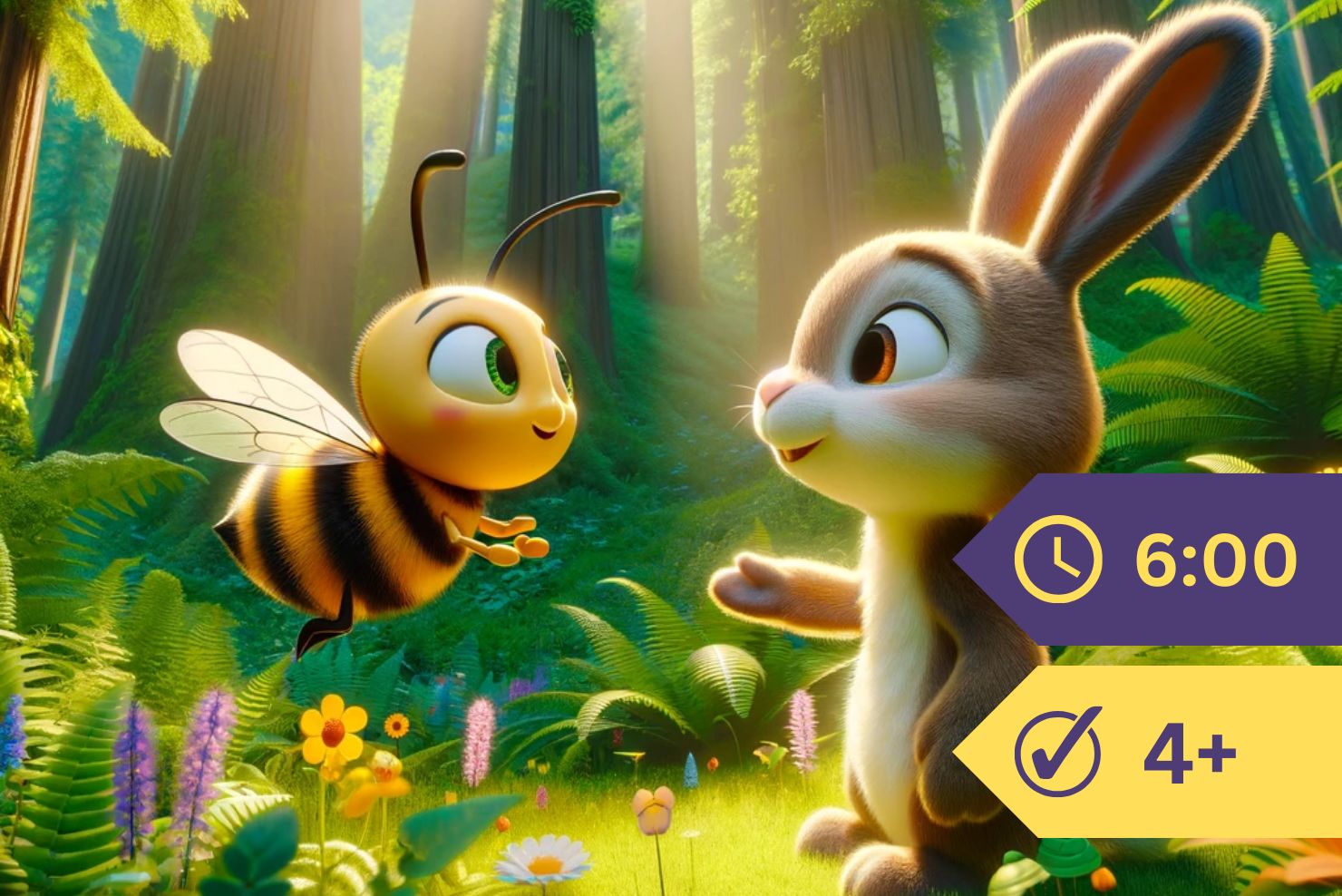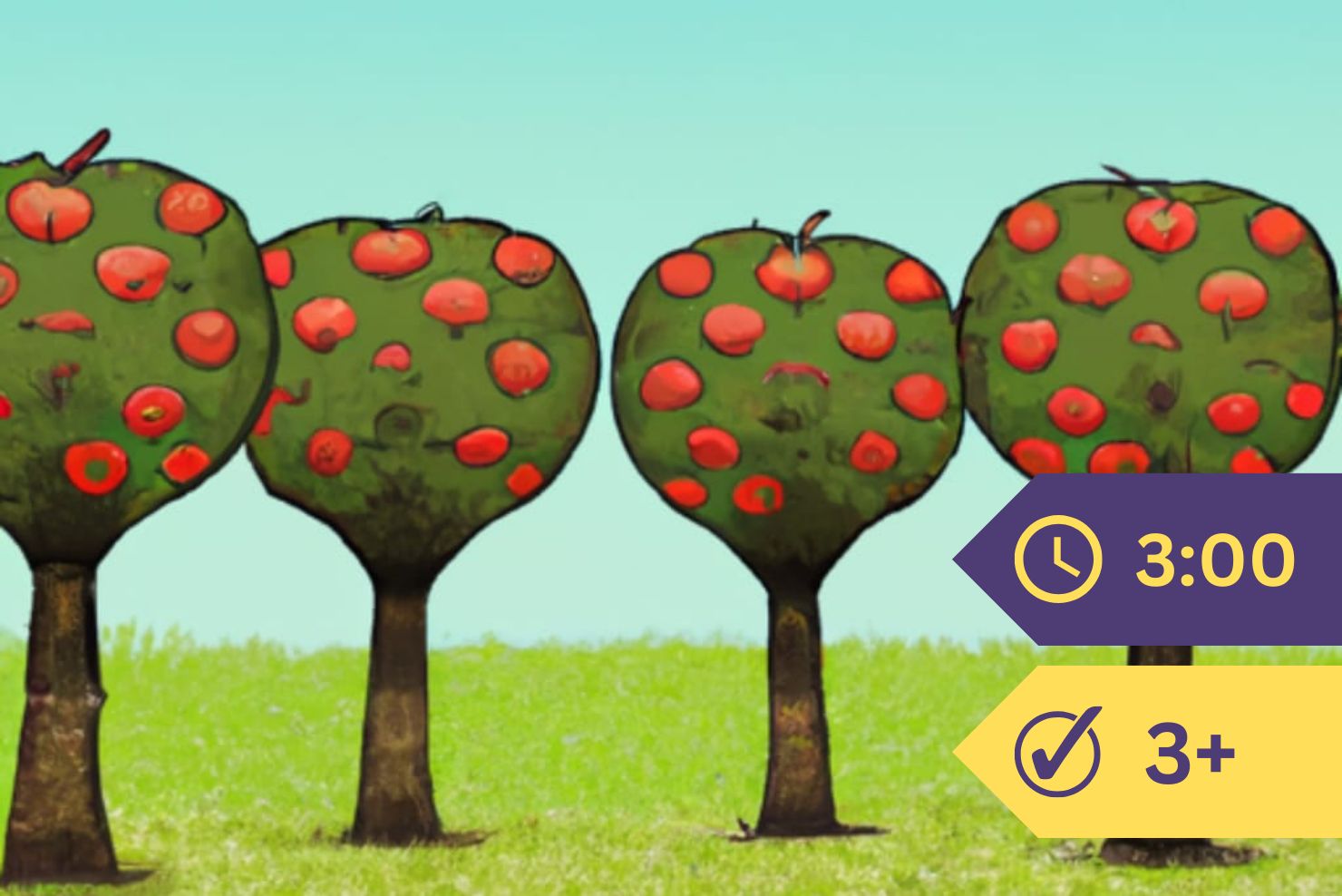The smaller plants usually have green stems. The larger ones have brown, woody stems, such as you see in bushes and trees; for the trunk of the biggest tree in the world is nothing but a great stem.
The delicate green stems die down to the ground during the cold winter. Sometimes the whole plant dies, the root below as well as the stem above ground. But often the root (or what we usually call the root) lives, and sends up a fresh stem the next year.
But the woody stems live through the winter, and put out fresh leaves and branches the next spring.
Without a magnifying glass, it is difficult to see of just what the green stems of the small plants are made up; and these you can pass by for the present. But if your teacher will cut across the stem of a large rose, you can see here an outer covering, the green skin; within this, a ring of woody material; and in the center of the stem, a soft white stuff called “pith.”
When we were reading about seed leaves, I told you that by the stem and leaves of a plant you could tell whether it brought into the world more than one seed leaf.
Now, when a stem like that of the rose is divided into three well-defined parts,—the skin, or bark, outside; next the woody part; and the soft white pith in the middle,—then you can be pretty sure that the plant had more than one seed leaf.

This picture shows you a section of a cornstalk. Here you do not see the three parts that were so plain in the rose stem, for the woody part is not gathered together in a ring: it is scattered through the soft part, so that you cannot distinguish the one from the other.
Running lengthwise you see the scattered bundles of woody threads, the cut ends of which give the dotted look on top.
Now, such a stem as this of the corn shows you that the plant was born with only one seed leaf.
Try to remember the difference between these two stems.
This next picture shows a part of the trunk or stem of the fir tree.

The dark outside circle is the bark.
The rings within this are the wood. Each year one of these woody rings is added to the tree, the last ring of all lying next to the bark; so, if you count these, you can find out how many years the tree has lived.
In the center we see the soft stuff called pith.
What do these three divisions show?
The trunk of the palm in the next picture is like the stem of the corn. The wood is not gathered in rings, but is scattered through the soft part in thread-like bundles, so that we cannot tell just the age of the tree.

And what else do you know about the palm?
Why, you know that it came into the world with but one seed leaf. If it had had more than one, its stems would have had woody rings such as we see in the fir.
In the schoolroom you cannot see palms and firs; but you can find a log in a wood pile which will show you just such woody rings as prove that the fir tree had more than one seed leaf.
And you can look at a stalk brought from the cornfield that will show you how the trunk of the palm tells us that this tree began life with only one seed leaf.
